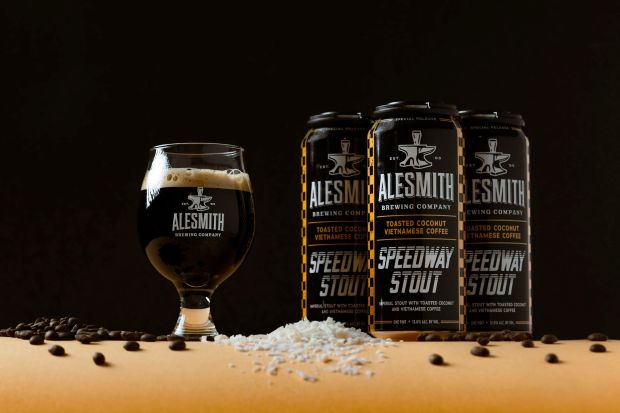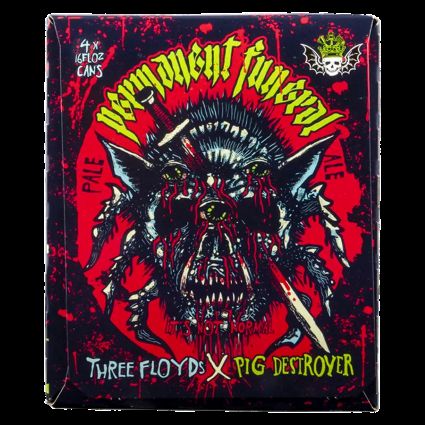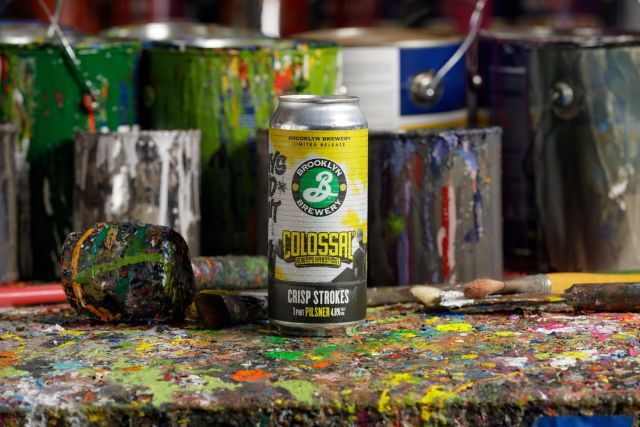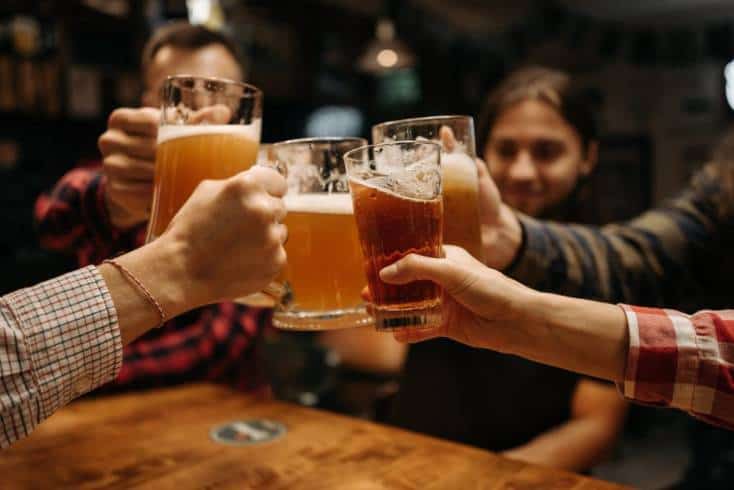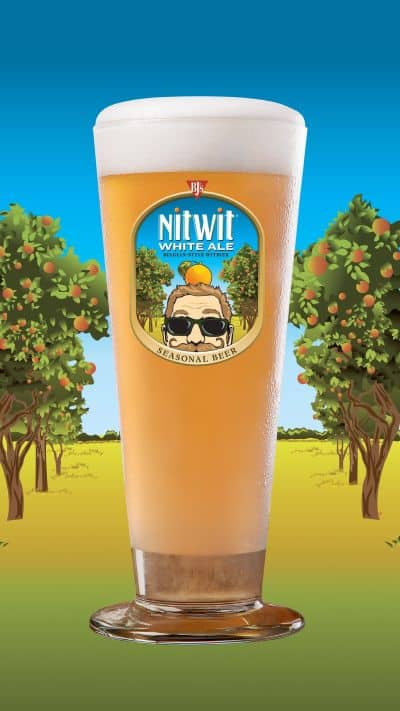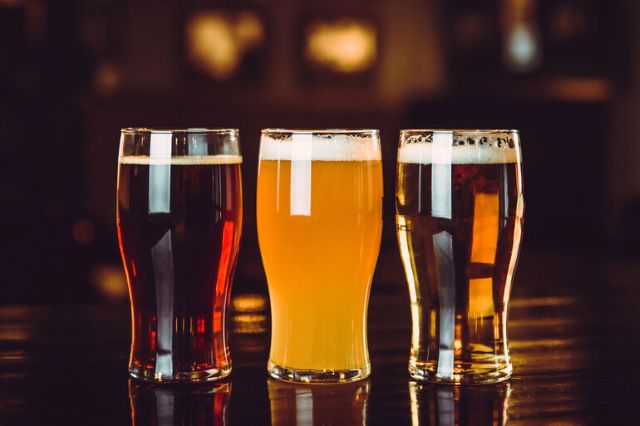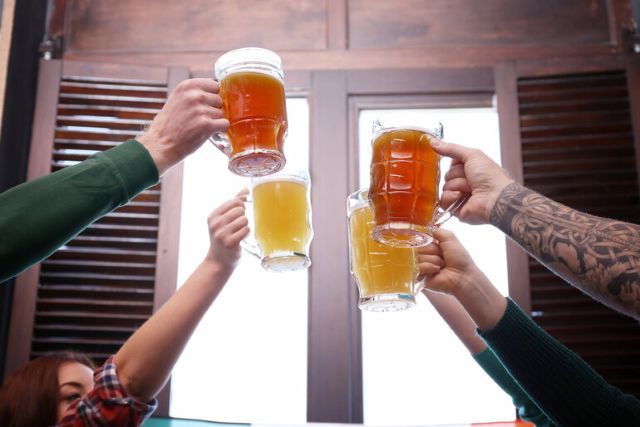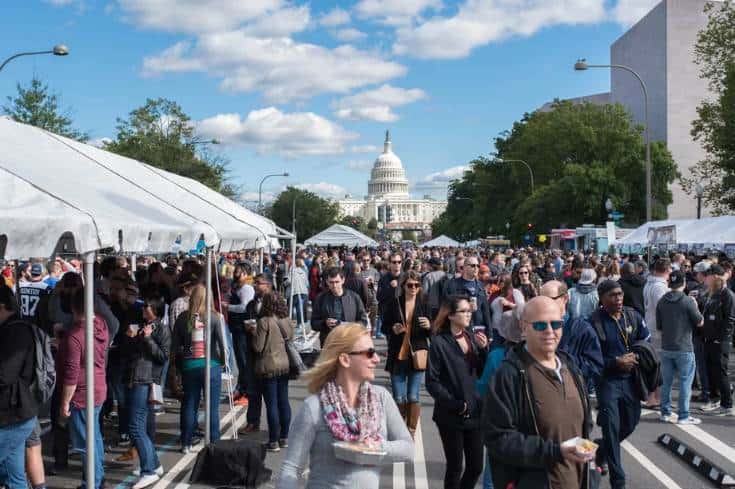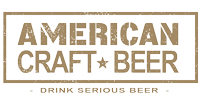Why Delivery and Brewery Supply Drivers Face Higher Accident Risks in New York City
Why Delivery and Brewery Supply Drivers Face Higher Accident Risks in New York City

Delivery and brewery supply drivers in New York City face tough conditions on the road. Crowded streets, unpredictable traffic, and strict delivery schedules create constant pressure to meet deadlines. Many of these drivers transport craft beer, kegs, and brewery supplies that keep the city’s bars and breweries running. Their daily grind is what keeps New York’s beer scene flowing, long before a pint ever hits the glass.
Long shifts in all sorts of weather, often with little safety backup or decent insurance, just add to the danger. Toss in the physical grind of lugging heavy stuff and darting in and out for deliveries, and you’ve got a tough job. On top of that, many drivers are classified in ways that keep them from getting basic protections and benefits, making the gig even more precarious. For information on what steps can be taken after an accident, drivers and families can refer to credible post-accident legal guidance.
Key Factors Driving Higher Accident Risks for Delivery and Brewery Supply Drivers
There’s no shortage of challenges for delivery and brewery supply drivers in NYC. Strict schedules, long hours, the explosion of online shopping, and the chaos of city streets all play a part in pushing up accident risks.
Pressure from Tight Delivery Deadlines
Drivers are almost always racing the clock. Firms such as Amazon and other gig platforms require the delivery to be completed in the shortest time possible, hence people drive faster than they likely should. It is this lack of time that results in dangerous shortcuts, speeding, and missing very necessary breaks. It is not easy to pay attention to the traffic or an unexpected change in the weather when you are in a hurry and need to keep a deadline. The ever-present hurry increases the level of stress, which may interfere with concentration and cause more dangerous decisions on the road.
Fatigue and Long Working Hours
Back-to-back shifts take the life out of drivers, and fatigued drivers commit errors. Most of the gig workers have to deal with a number of deliveries or shifts, barely taking time to rest. There are hardly any intervals of a real break; therefore, fatigue is quick to come by. Fatigue means slower reflexes and more distractions, both big causes of crashes.
Impact of E-Commerce and the Gig Economy
Internet shopping has swelled, and so has the number of deliveries. Most gig workers experience unstable earnings, algorithm-guided schedules, and workloads, with no benefits frequently being provided. Such an arrangement promotes shortcuts or violations of traffic laws in order to fit additional deliveries. Many of these drivers are not well-trained, and safety resources are not available, which does not help. There is an added stress of trying to deal with algorithmic management, and drivers are tempted to be in risky situations to maintain pace.
Occupational Hazards in Urban Environments
City streets are a minefield. The use of narrow lanes, the pedestrian movement, and unpredictable drivers imply that you have to be particularly alert at all times. Brewery supply drivers are especially required to manoeuvre larger vehicles around the narrow passageways, avoiding cyclists, motorcycles, and other delivery vans. Bad weather, construction, and tricky parking just pile on the hazards. It’s a different world from quieter suburban routes, with a lot more ways things can go wrong.
Summary Table:
| Factor | Key Risks | Affected Drivers |
| Tight Delivery Deadlines | Speeding, stress, unsafe shortcuts | All delivery and supply drivers |
| Fatigue & Long Hours | Slowed reaction, distraction | Gig workers, truck operators |
| E-Commerce & Gig Economy | Pressure, inconsistent training | Independent contractors |
| Urban Occupational Hazards | Congestion, large vehicles, and weather | Brewery supply, delivery trucks |
Challenges and Strategies for Improving Delivery Driver Safety
Urban delivery drivers have a tough gig—demanding schedules, unpredictable streets, and plenty of hazards. Tackling these risks takes a real mix of practical safety habits, data, and some new tech or rules where it makes sense.
Safety Protocols and Company Initiatives
Such giants as UPS, FedEx, and DHL have established certain sound safety routines. The likes of routine vehicle maintenance, mandatory rest intervals, and defensive driving training for the driver are all the rage these days. They lobby for fatigue management through setting a limit on the length of shifts and urging drivers to take a real break. They are normally trained on how to deal with unexpected road conditions, and a heavy emphasis is put on the adherence to speed limits, as well as road regulations.
Other companies go as far as rewarding drivers who have clean records with safety bonuses as a reminder to be careful. Investments in better delivery gear and real-time communication tools can cut down on physical strain and distractions, too.
Injury and Fatality Statistics Among Leading Carriers
According to the U.S. Bureau of Labor Statistics, delivery jobs consistently see more injuries and fatalities than most other industries. The combination of traffic exposure, strict deadlines and heavy lifting results in numerous musculoskeletal injuries and traffic accidents. An example is UPS and FedEx, which every year document dozens of injuries to drivers, numerous slip-and-fall accidents in the process of loading, and hurried crashes.
Deaths normally occur during an accident with other vehicles or pedestrians, particularly on overcrowded city roads. These numbers make it pretty clear: there’s a constant need to improve driver safety training, monitoring, and vehicle upkeep. Tracking near-misses and the reasons behind accidents helps companies tackle the real trouble spots.
Safety Risks Unique to Brewery Supply Delivery
Supplying breweries have their own share of pains, think of heavy and clumsy transportation and fine items such as kegs and glass bottles. Drivers are forced to fit huge trucks in the size of a postage stamp, and do so under the pressure of time. The pulling of heavy carts may cause strains or even worse. Slips and trips are very real because of wet floors or uneven ground at the points of delivery.
Besides, the paths of brewery delivery may pass through the most active areas of the city, which are full of people. In an attempt to reduce injuries, organizations must provide training on safe lifting and offer better equipment, such as dollies that have excellent brakes. Giving more realistic delivery windows and the right protective equipment makes a difference, especially when dealing with hazardous materials common in brewery logistics.
Regulatory and Technological Solutions
Municipal authorities and federal agencies have rolled out a slew of regulations aimed at making delivery runs safer for drivers. Stuff like limits on driving hours—meant to keep fatigue at bay—and requirements for regular vehicle maintenance checks are now pretty standard. They’ll even send folks out for surprise audits just to make sure everyone’s actually playing by the rules.
Tech-wise, GPS platforms with live traffic and smarter route planning help drivers dodge confusion and avoid getting stuck for ages. Some trucks are now packing collision avoidance tech and lane departure warnings, which, honestly, probably save more headaches than anyone wants to admit.
There’s also a wave of new gadgets—wearable sensors that track alertness and can nudge drivers before they get too tired. Telematics is another big one; it lets companies dig into how people are driving and step in if things are looking sketchy. It’s not an instant remedy, but it all adds up in the daily grind of city deliveries.
